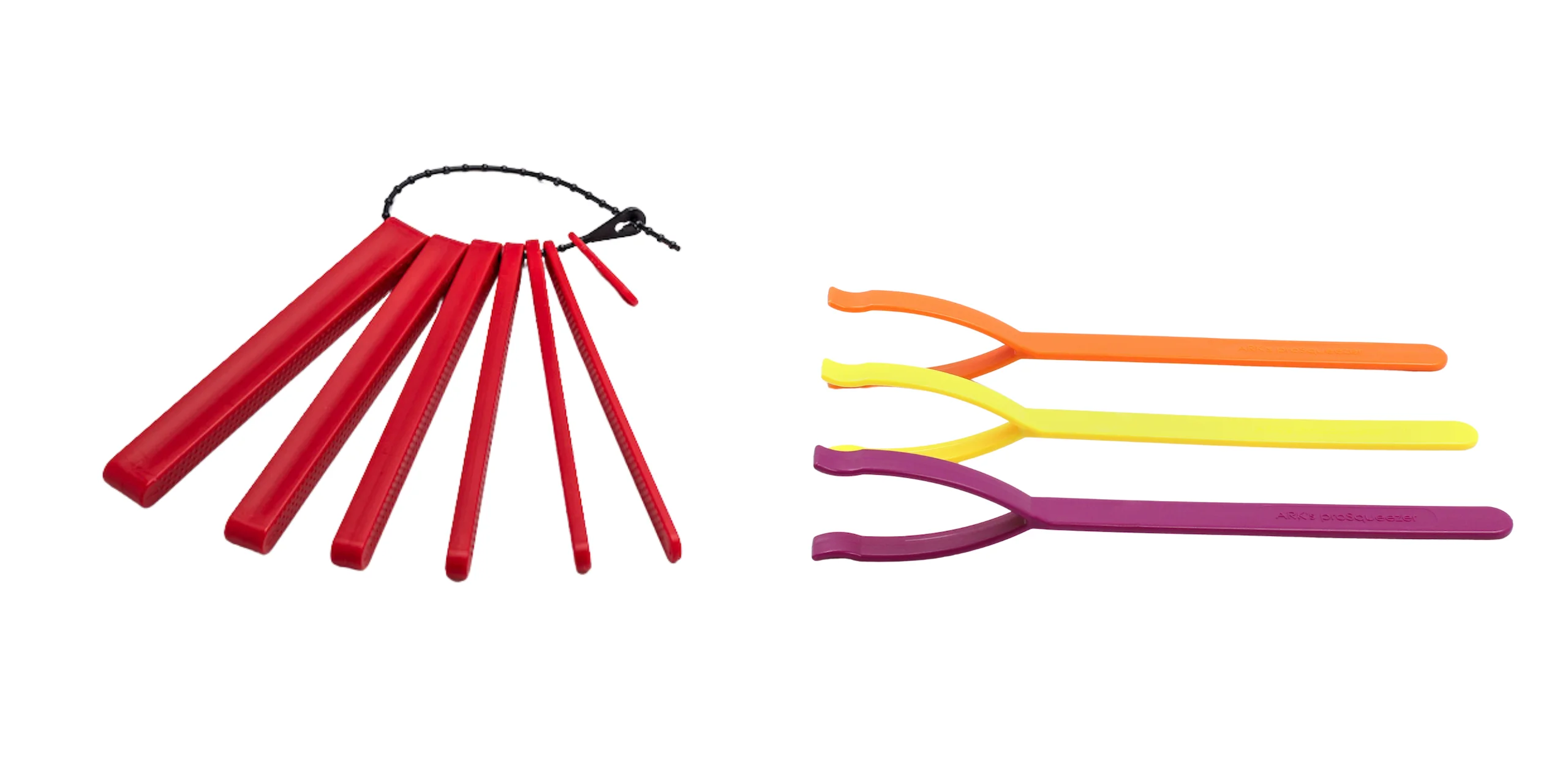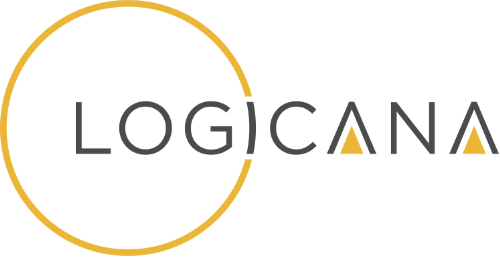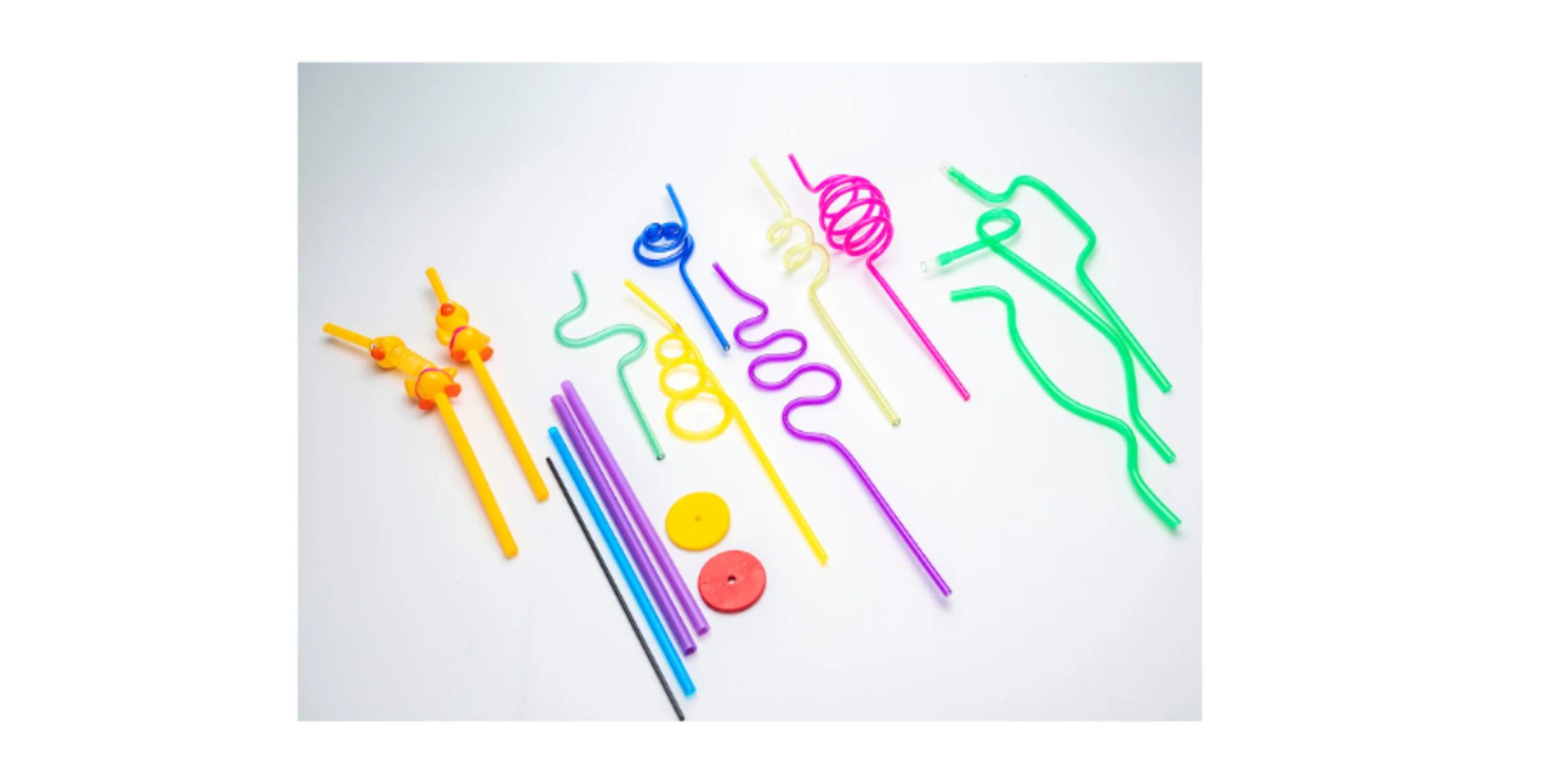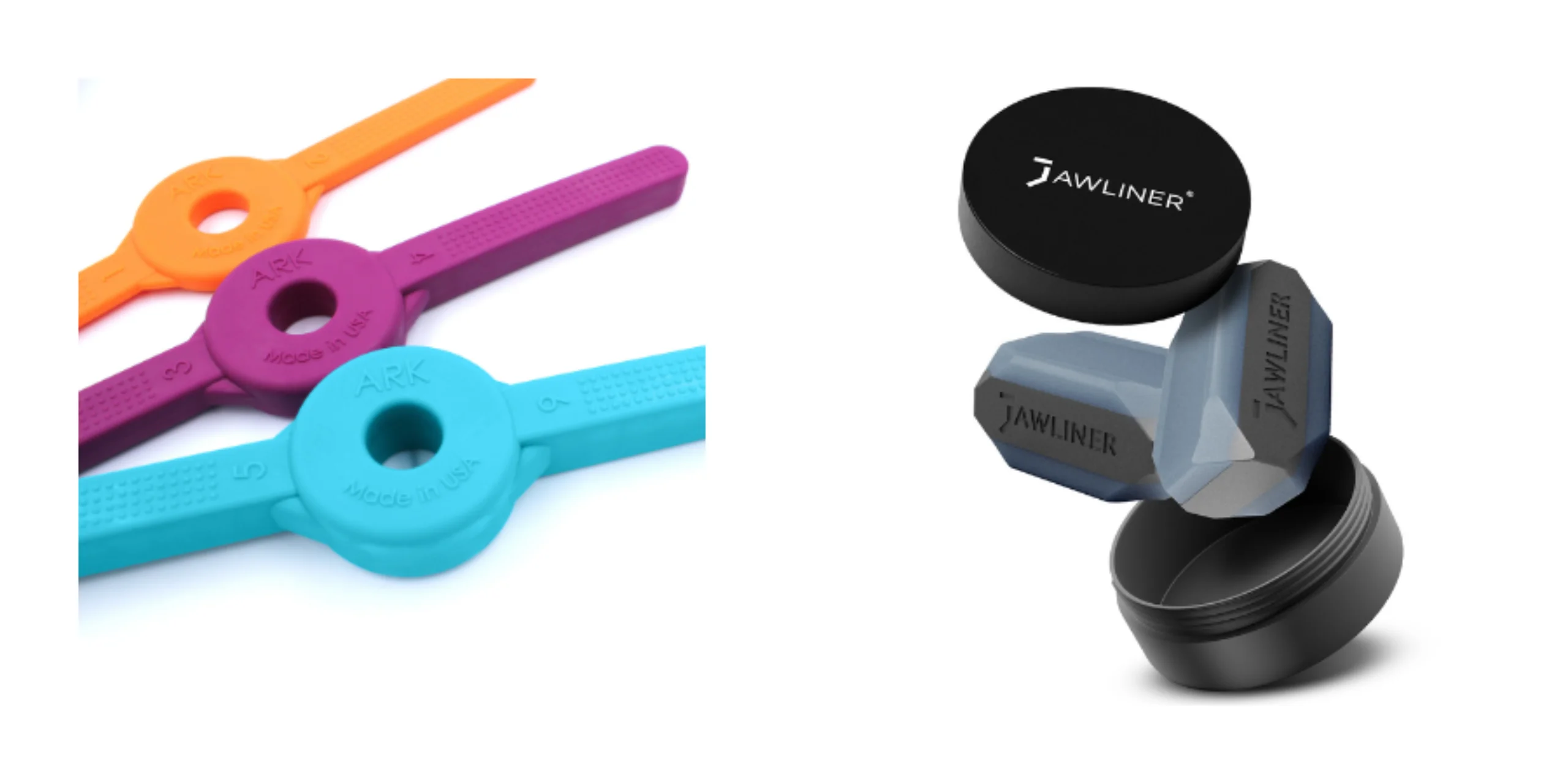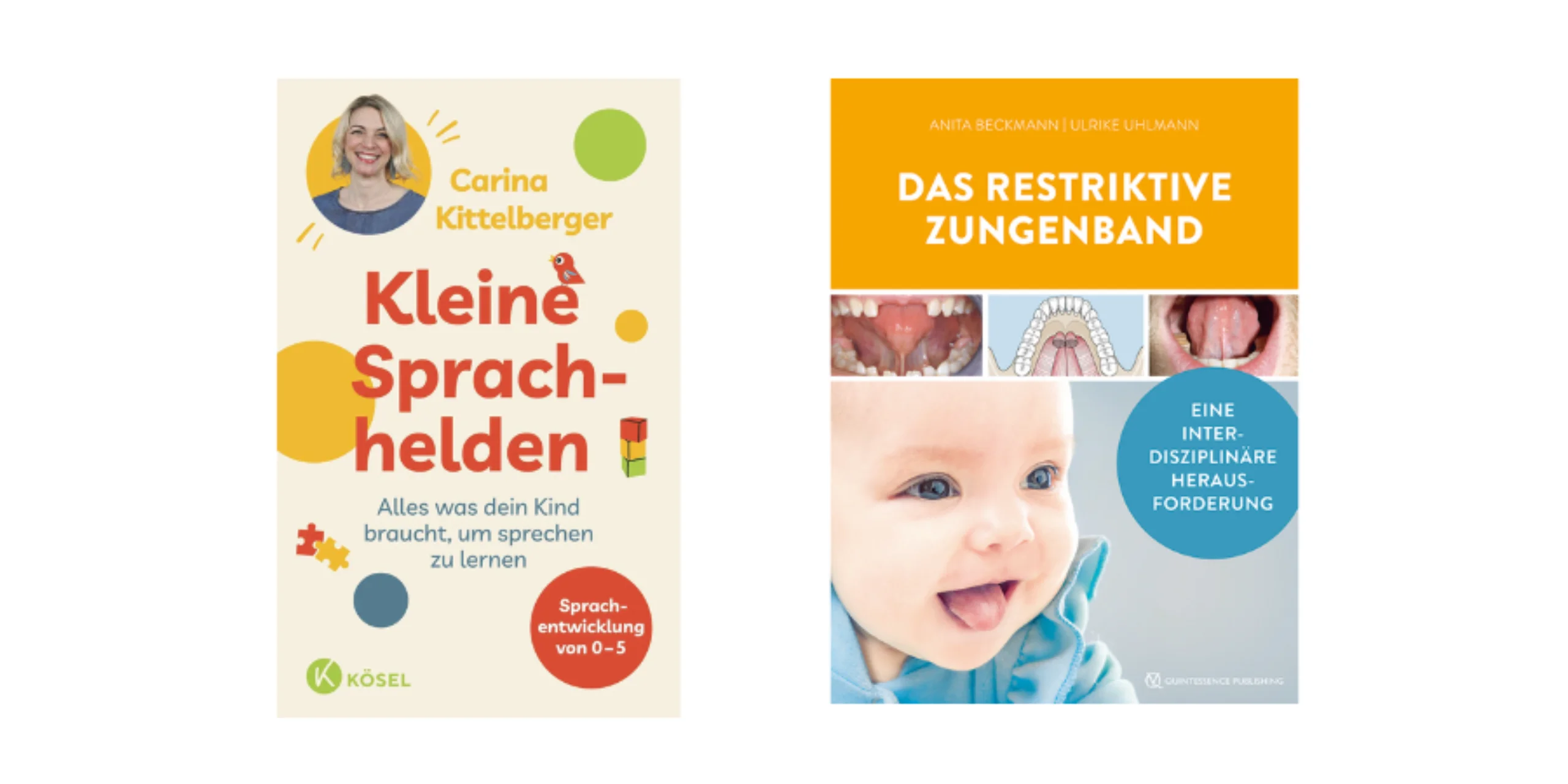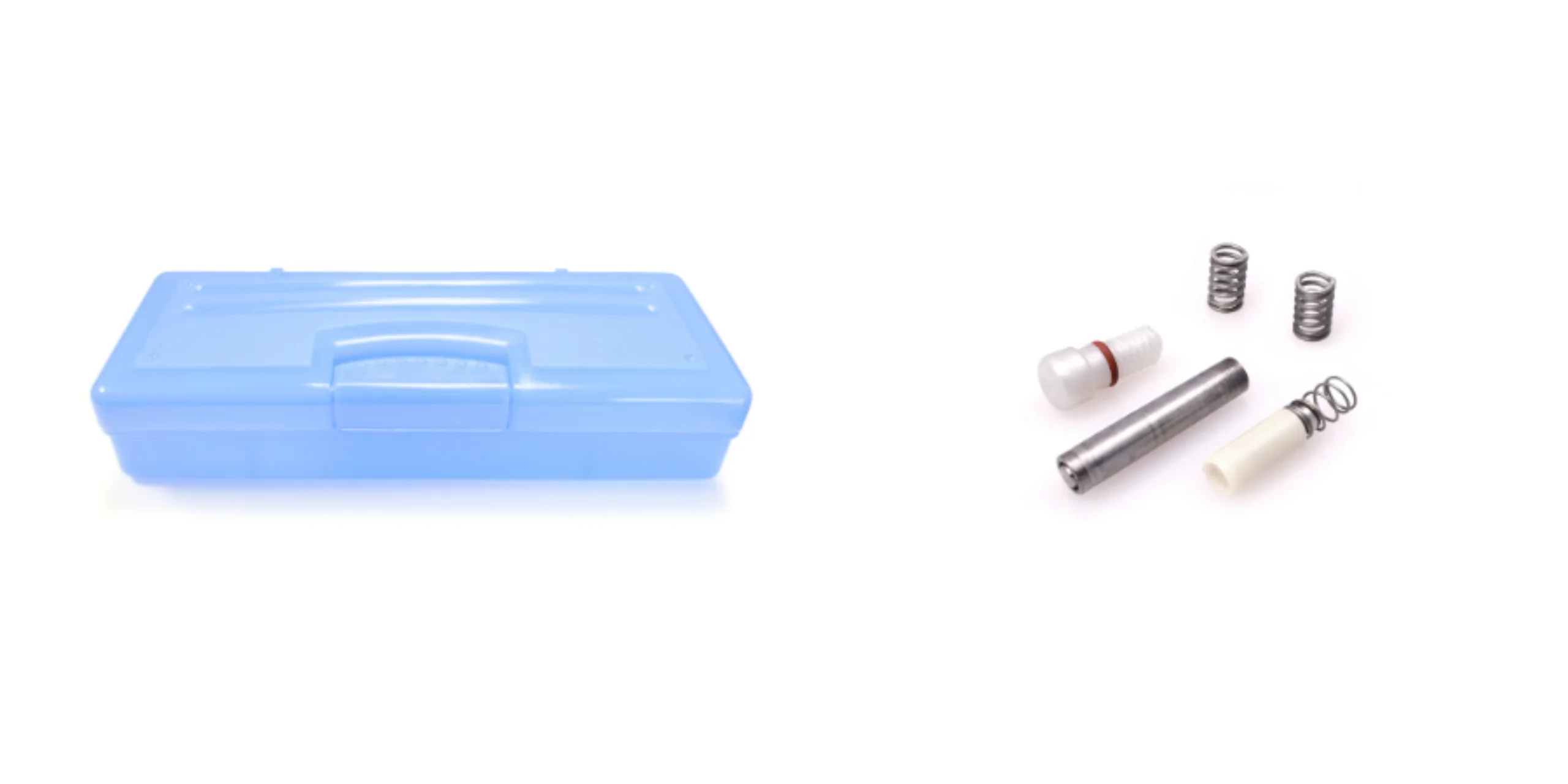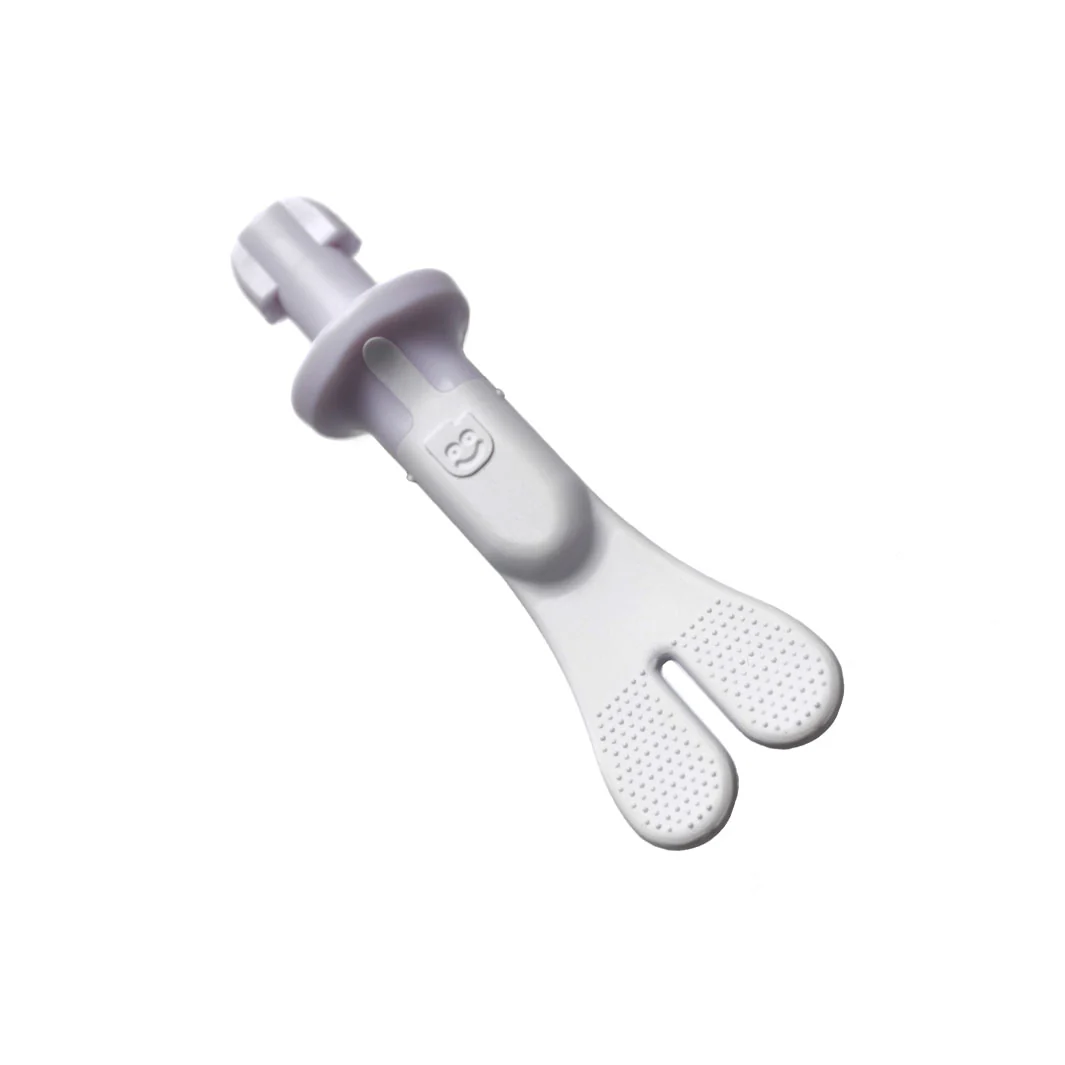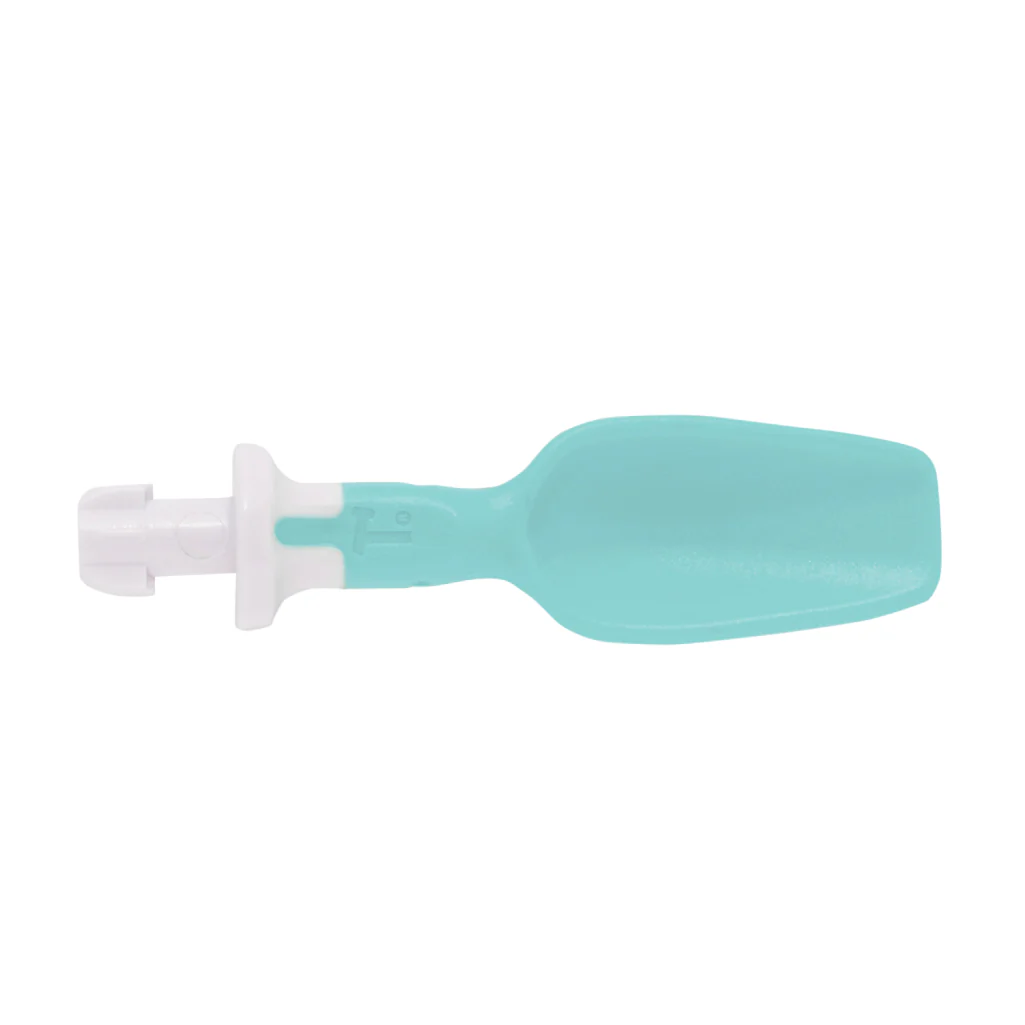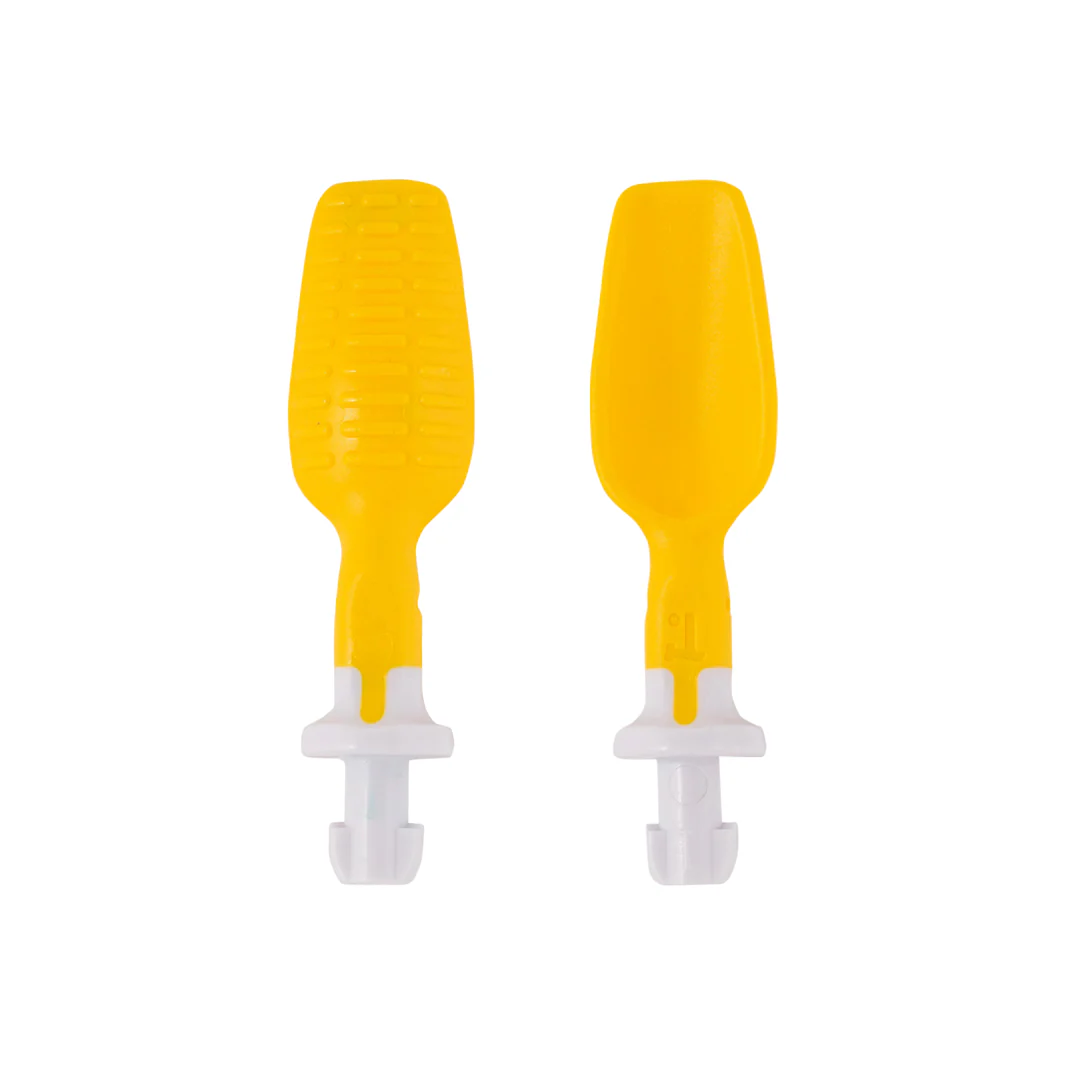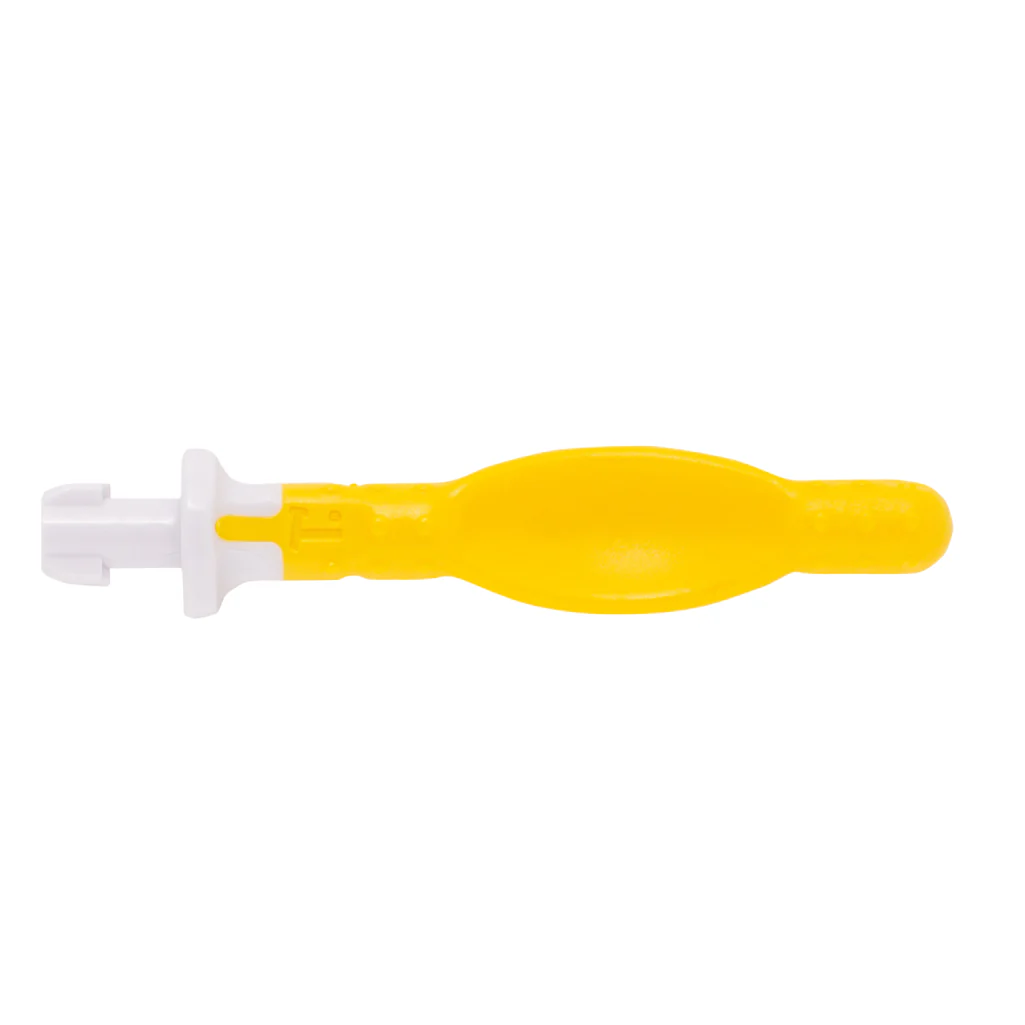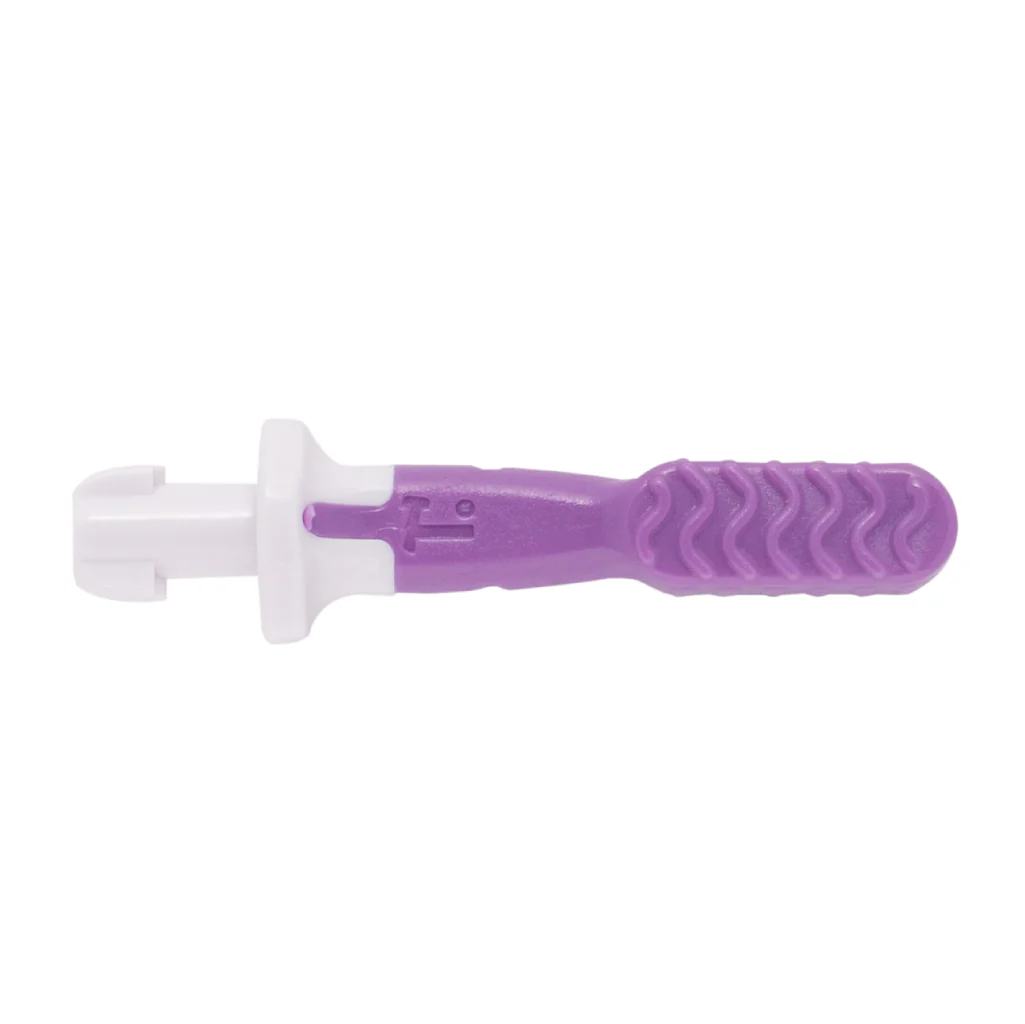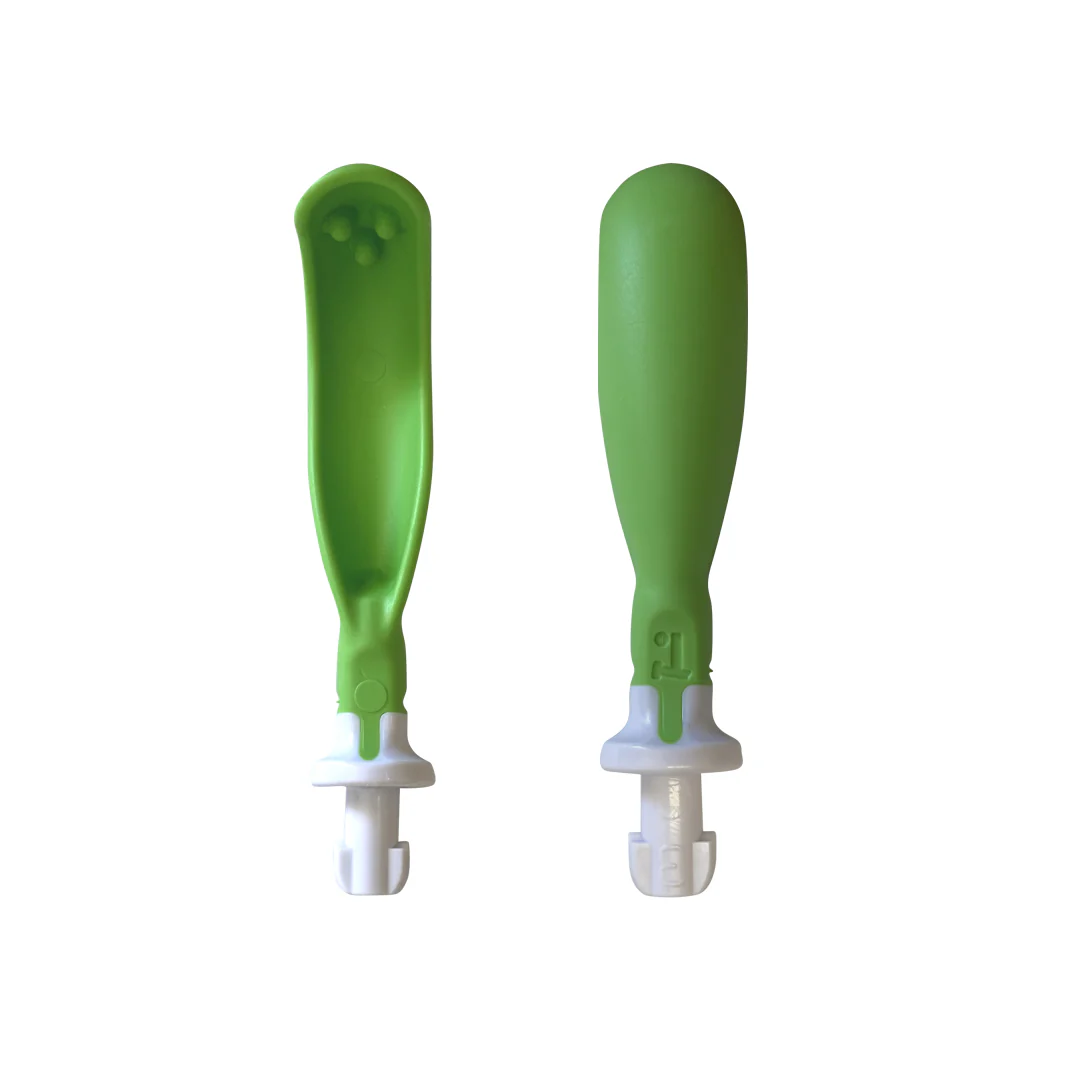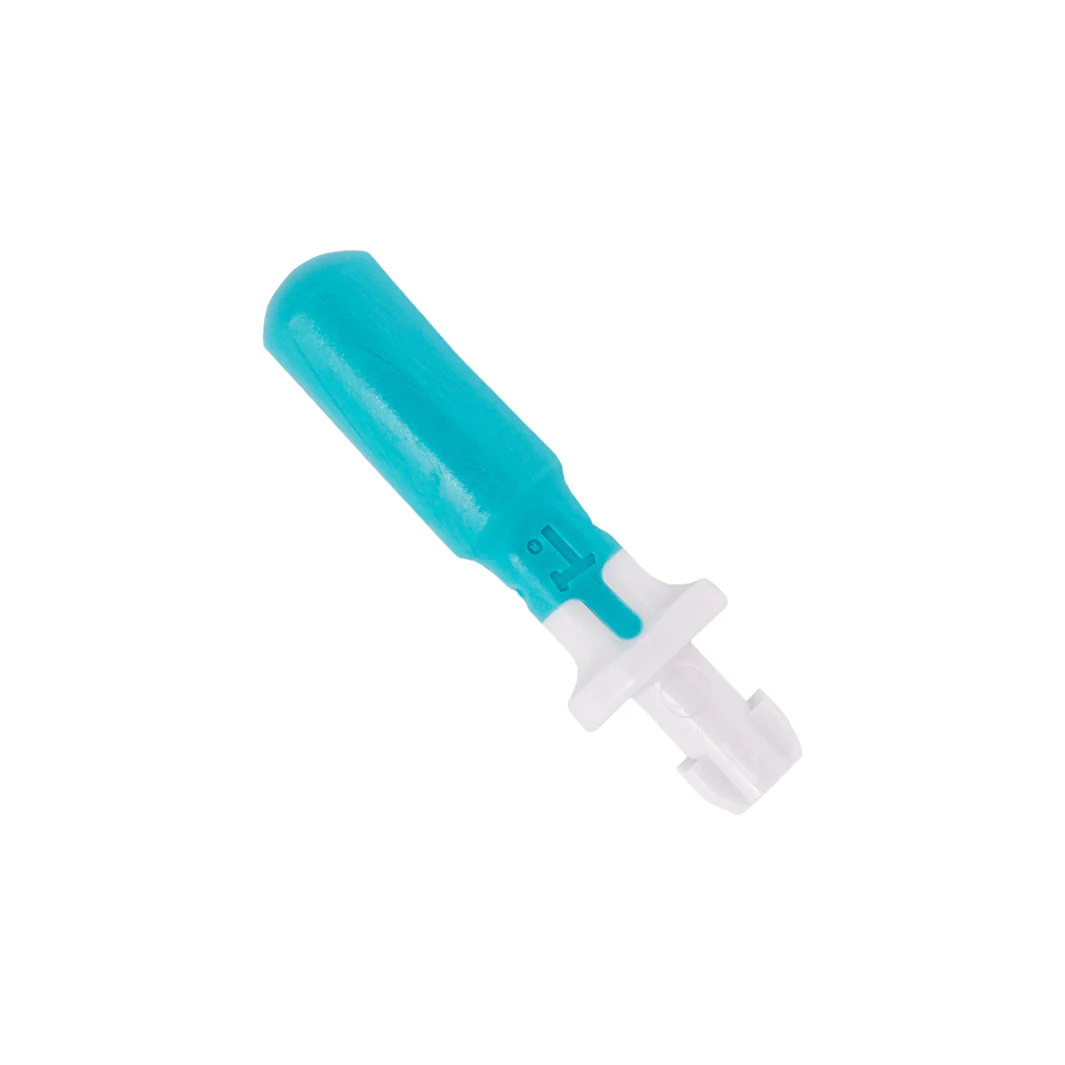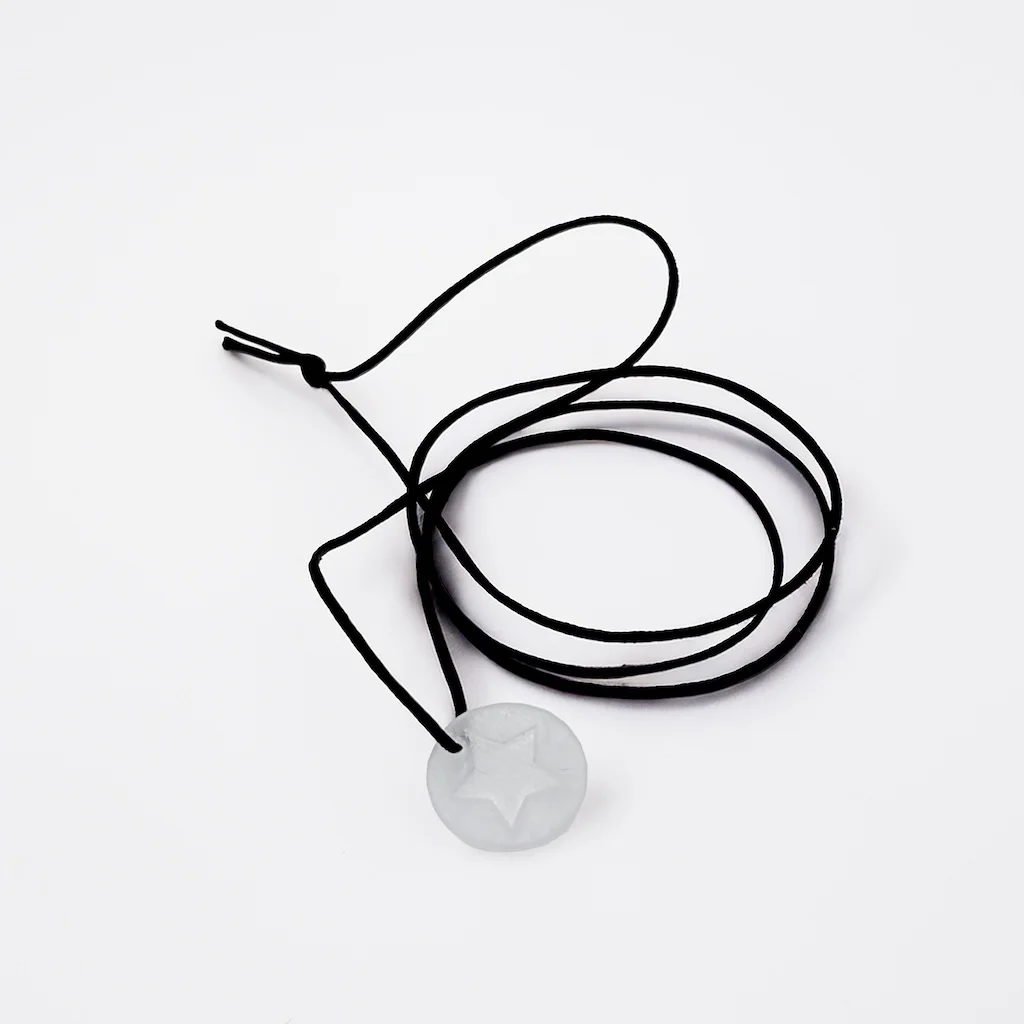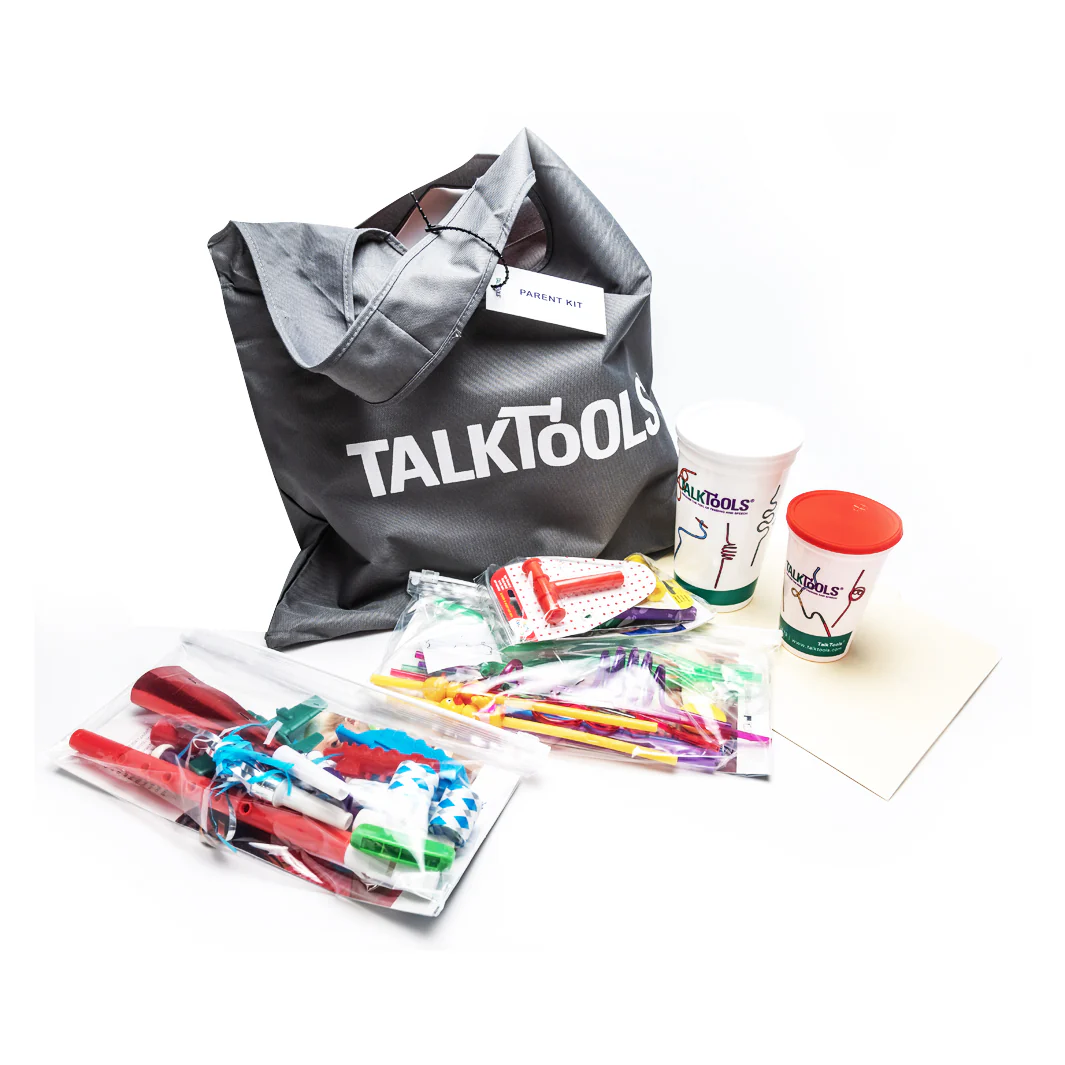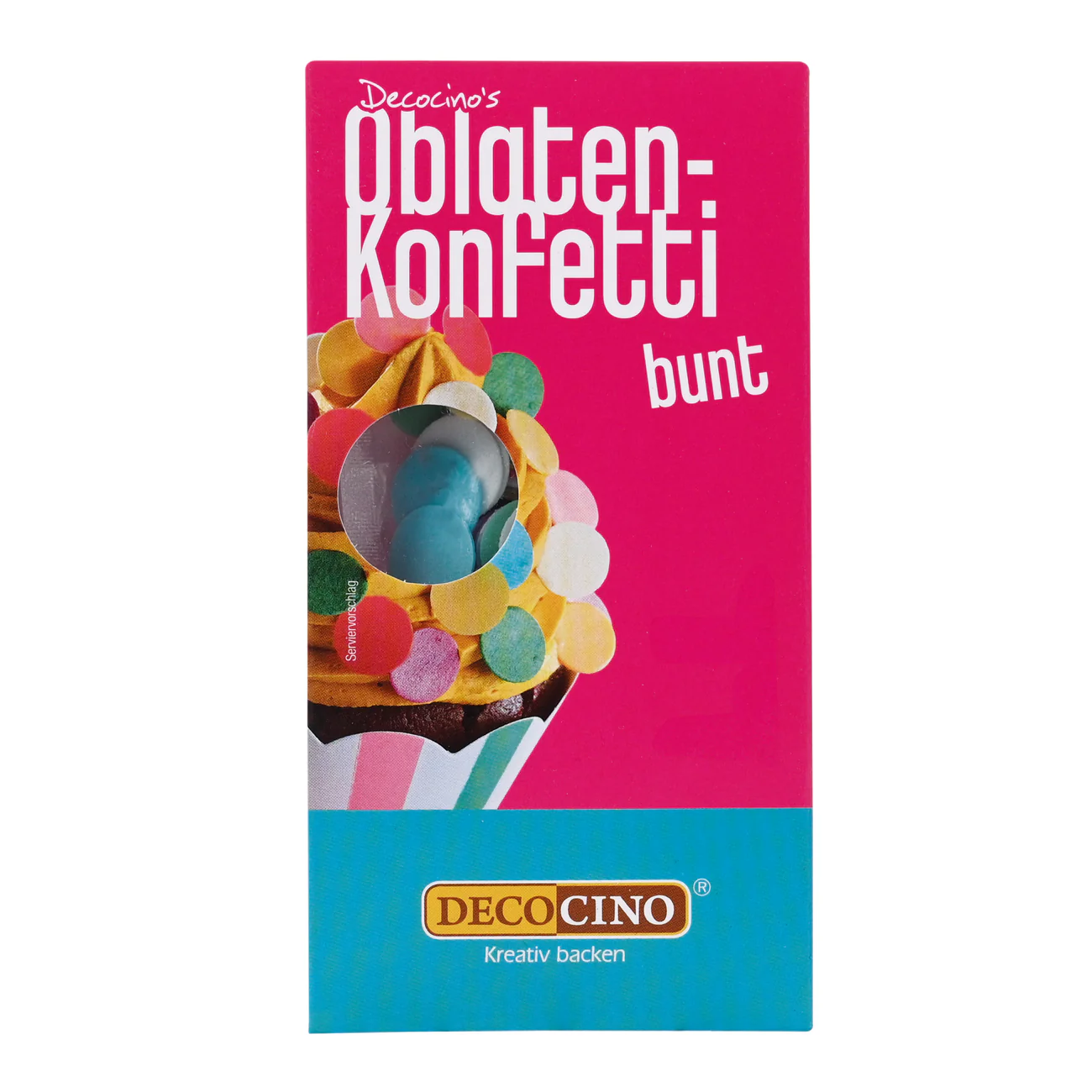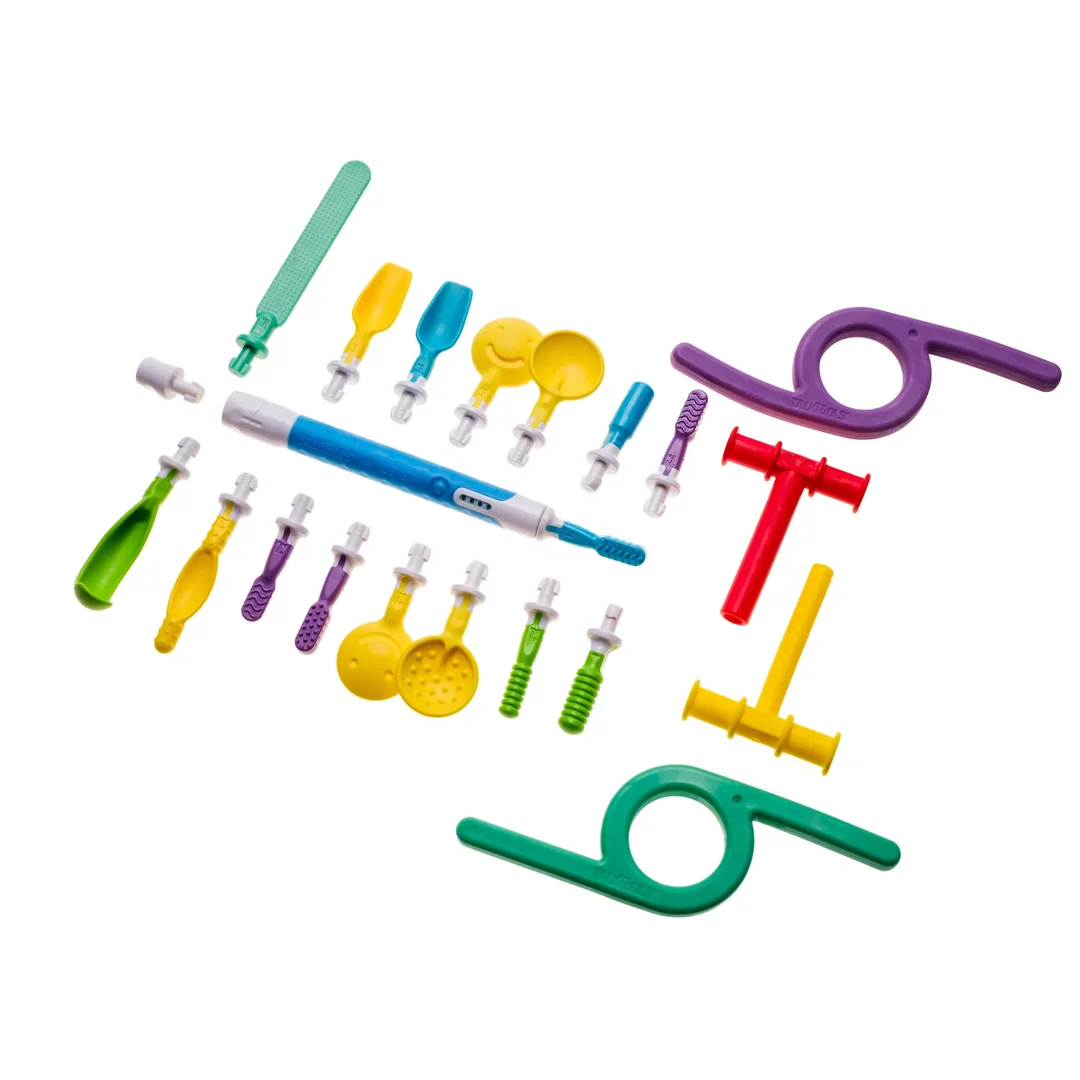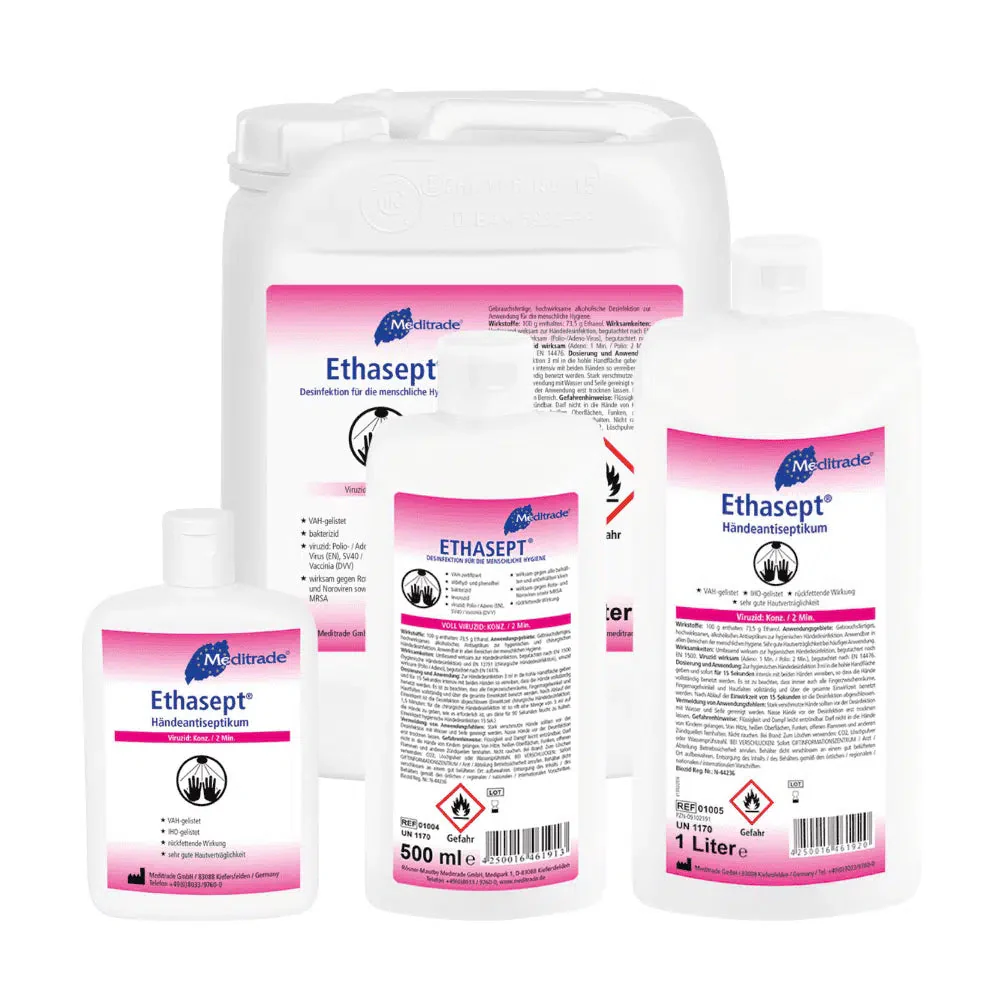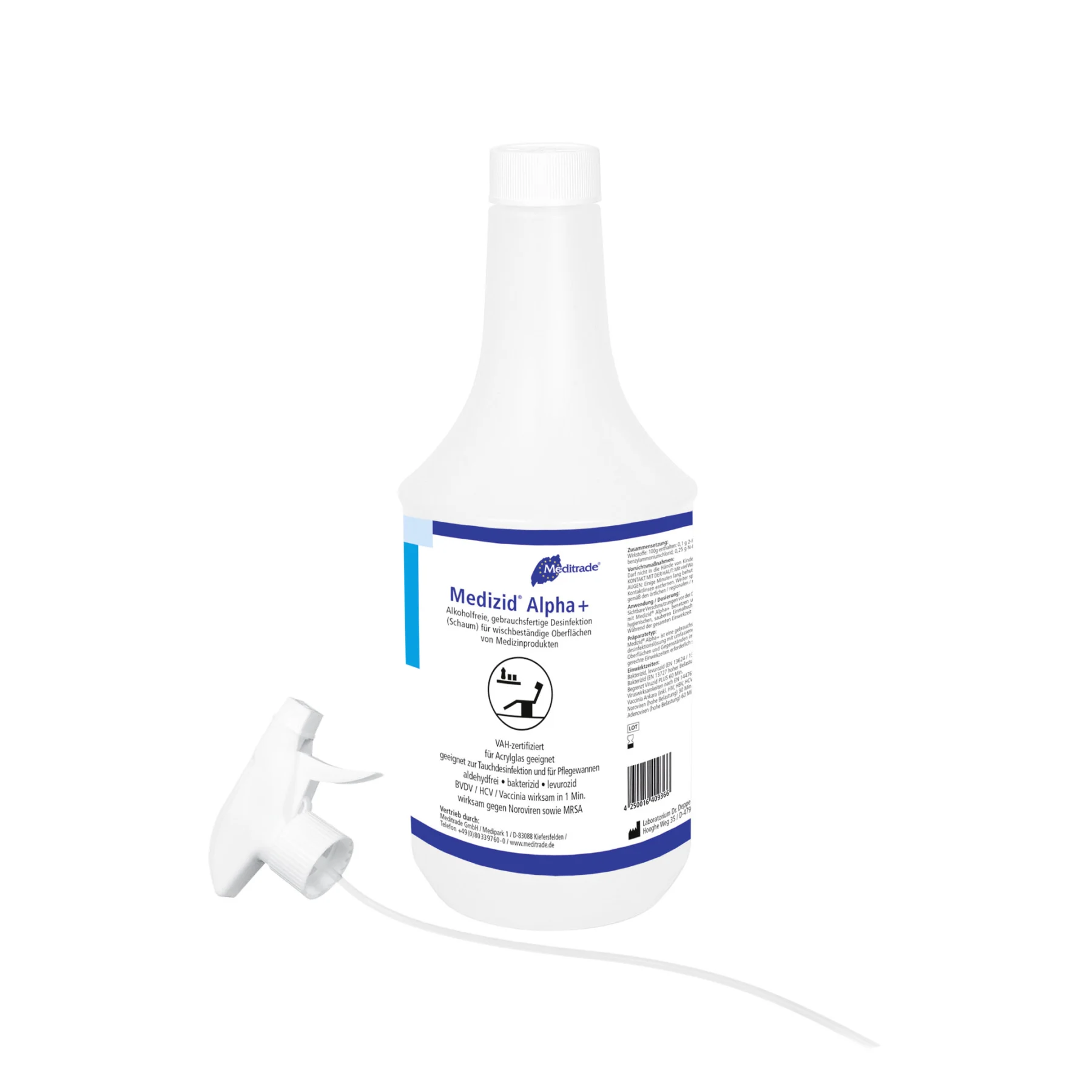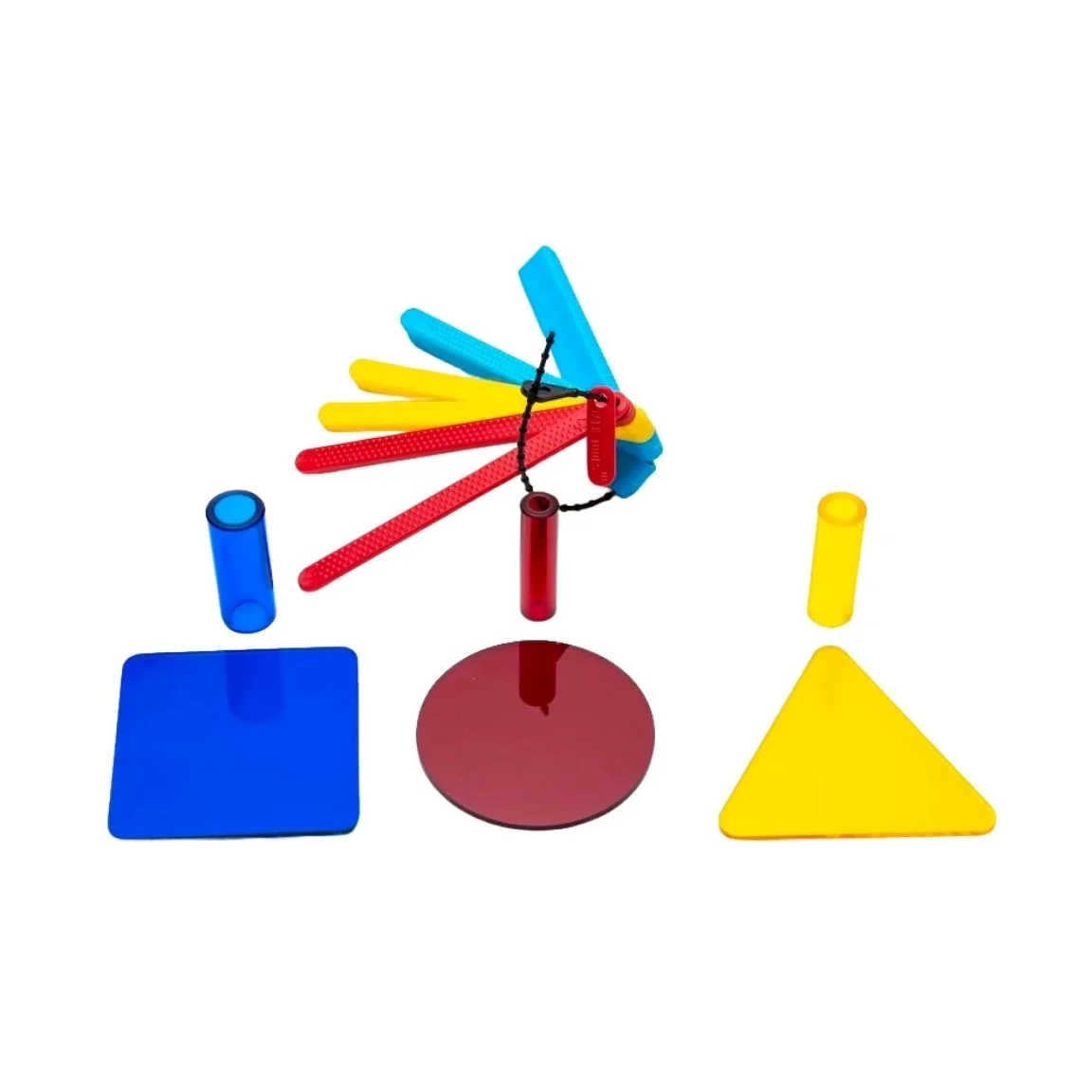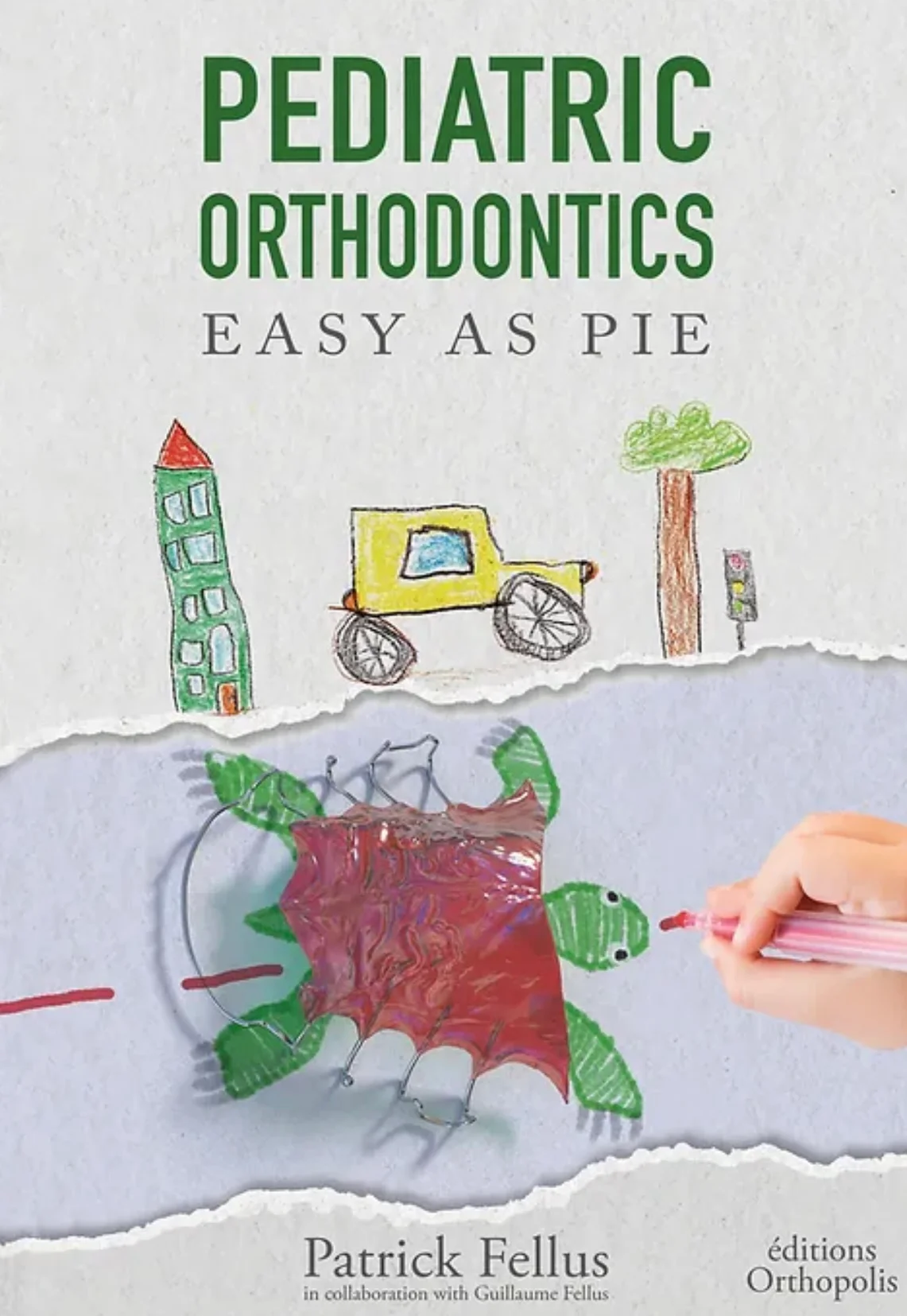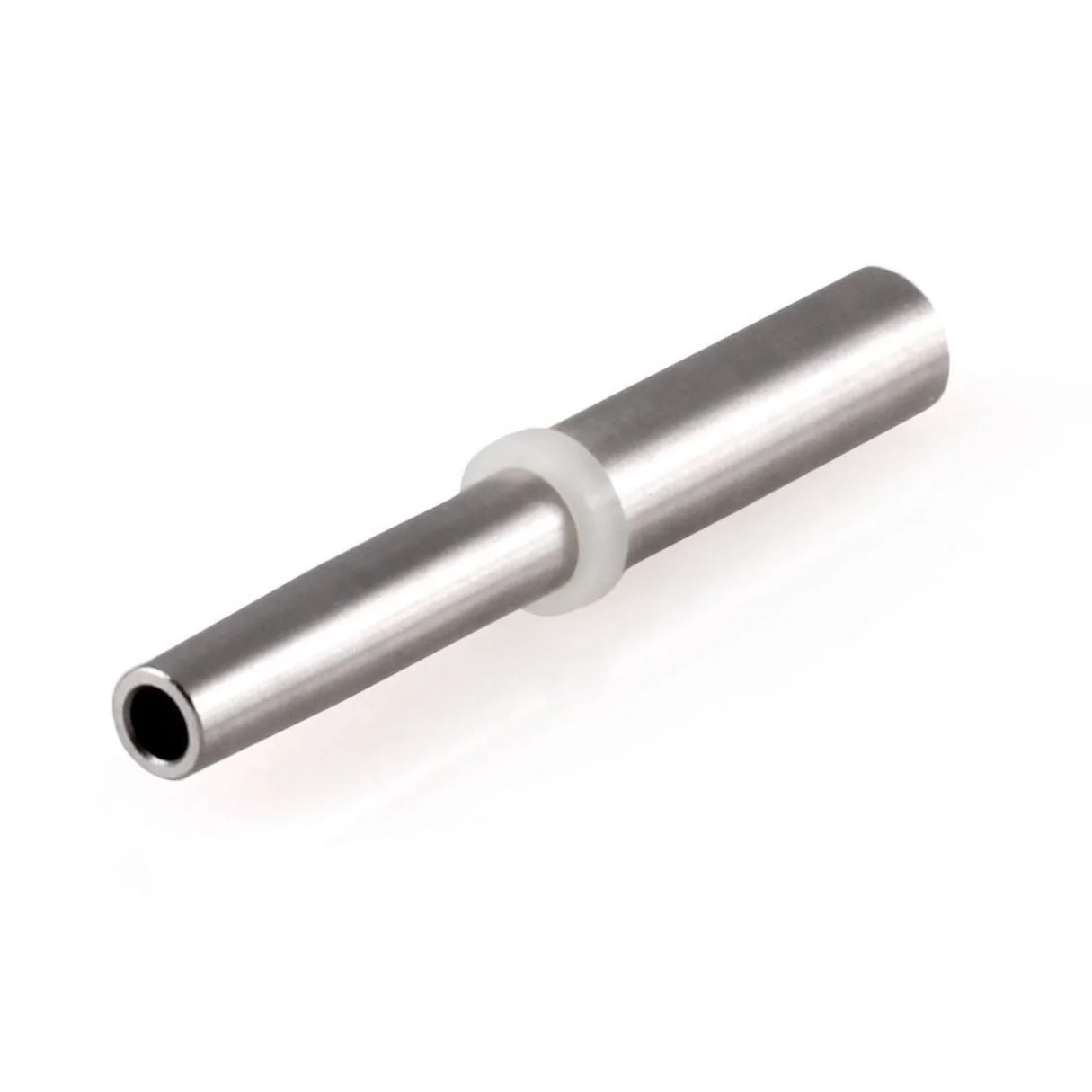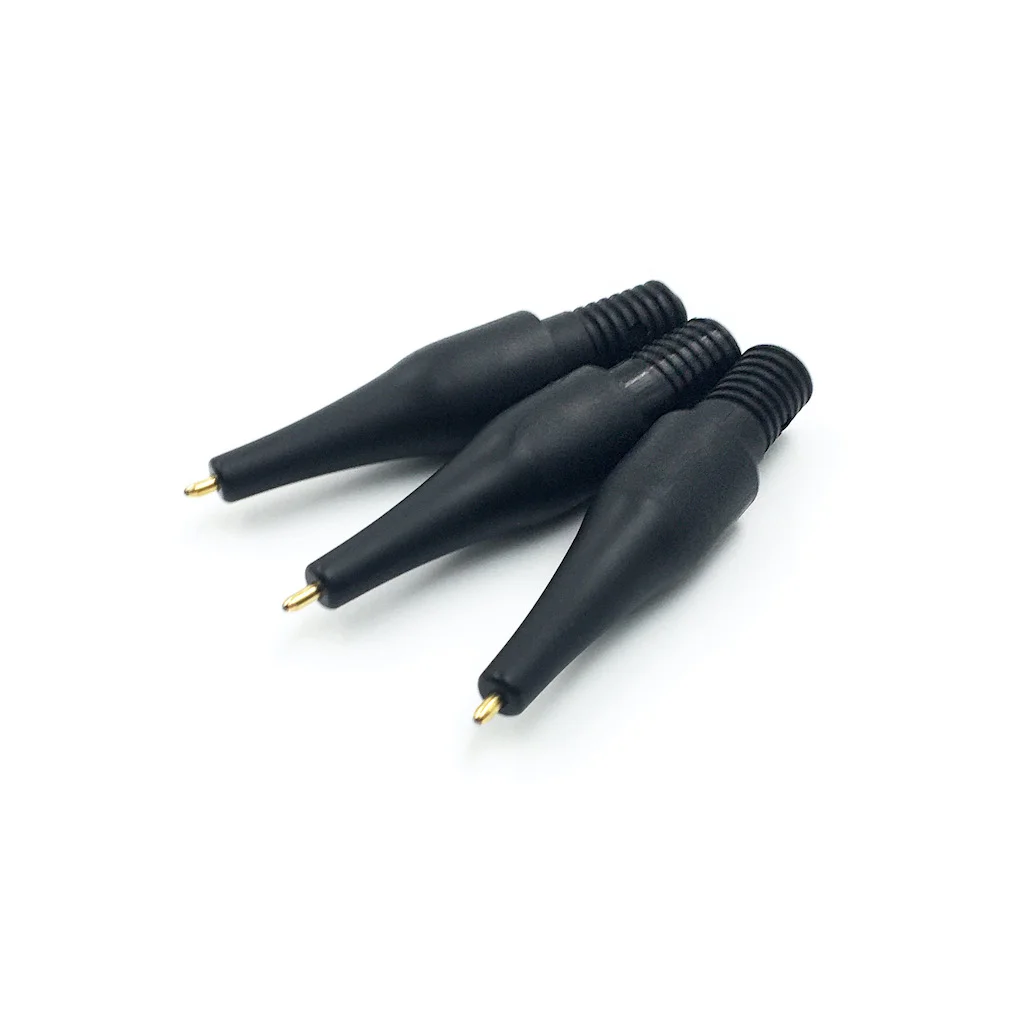Therapy
We at LOGICANA.at have specialized in the treatment of orofacial myofunctional disorders.
It is important to us to provide professionals with a broad, innovative range of materials and knowledge. Relatives and those affected should also have a point of contact for products that support and promote orofacial development.
What is an orofacial myofunctional disorder?
This term refers to disorders of the movement sequences and functions of the orofacial musculature. The tongue, lips, jaw muscles and facial muscles are the focus of treatment.
The 5 goals of orofacial myofunctional therapy are
- Nasal breathing
- Tongue resting position in the palate
- Competent lip closure
- Chewing
- Physiological swallowing pattern
A common and widely used term is oral motor skills training. However, this is actually part of orofacial myofunctional therapy. Oral motor skills could be compared to gymnastics. Moving and training the structures also makes sense, but it does not train or automatize physiological movement sequences.
After successful orofacial myofunctional therapy, the goals should also run automatically in the subconscious.
Which symptoms require more precise diagnostics?
Persistent mouth breathing, incorrect tongue resting position, misaligned teeth (dysgnathia or malocclusion), recurrence after braces (teeth shift again despite braces), snoring, articulation disorders (e.g. lisp), tongue thrust and a few others require speech therapy diagnostics.
Releasing the restrictive tongue tie (frenectomy) will also be more successful if it is accompanied by myofunctional therapy and breastfeeding advice.
The symptom that is very frequently observed is the visceral swallowing pattern (immature swallow mechanism). Here, too, there are designation problems. An infantile swallowing pattern is understood to be the same as a visceral swallowing pattern. Another term would be tongue thrust or tongue protrusion.
How does myofunctional therapy work?
After the aforementioned diagnostic assessment, in which questions about harmful habits (including thumb sucking, biting fingernails, excessive pacifier use, etc.), the most common foods, behavioral and/or sleeping patterns, anatomical conditions and posture, etc. are assessed, the speech therapist sets goals.
A change in structures can take different lengths of time, sometimes great progress is achieved in just a few sessions, other changes require more time and patience on the part of the patient and therapist. It is therefore often impossible to plan or predict how long myofunctional therapy should or can last.
What is the aim of LOGICANA?
With LOGICANA.at, we have created a platform that offers therapists and patients products that are designed to make therapy more colorful, innovative, varied and, above all, successful.
Regular newsletters keep subscribers up to date with news from the store.
The partner website LOGISENZ.com (coming soon) offers the opportunity to book appointments, buy courses online or take part in live training courses.
How can oral motor skills be trained?
Like gross motor skills, oral motor skills are trained by practicing and doing. For example, the wrong footwear can have an impact on foot malpositions, while so-called "drinking aids", which ultimately make life easier for parents (less spillage etc.) but do not promote the physiological development of lip, jaw and tongue movement, are just as often harmful to malocclusions.
The aim is to break today's children, adolescents and adults of harmful habits and to learn physiological movement patterns.
I often recommend that parents of children with myofunctional disorders offer real, "chewable food". And not just once, but several times and over and over again. Make exploring food fun, cook and process food together. Using the natural processes of the mouth, i.e. sucking, blowing, swallowing, speaking and breathing, "training" oral motor skills in everyday family life is already a great part.
Breastfeeding (if possible) otherwise weaning off the bottle after about 1 year, paying attention to nasal breathing, offering chewable food are already steps that promote your child's physiological development!
